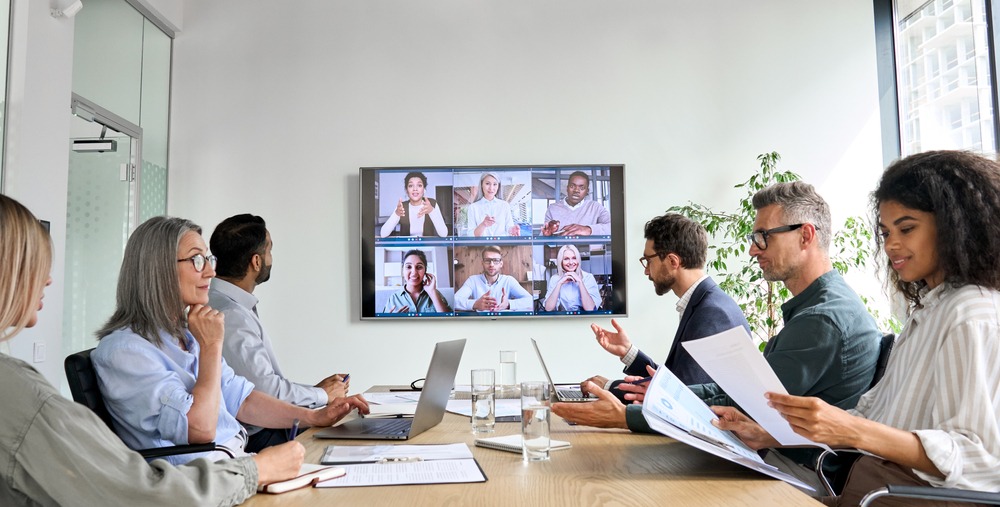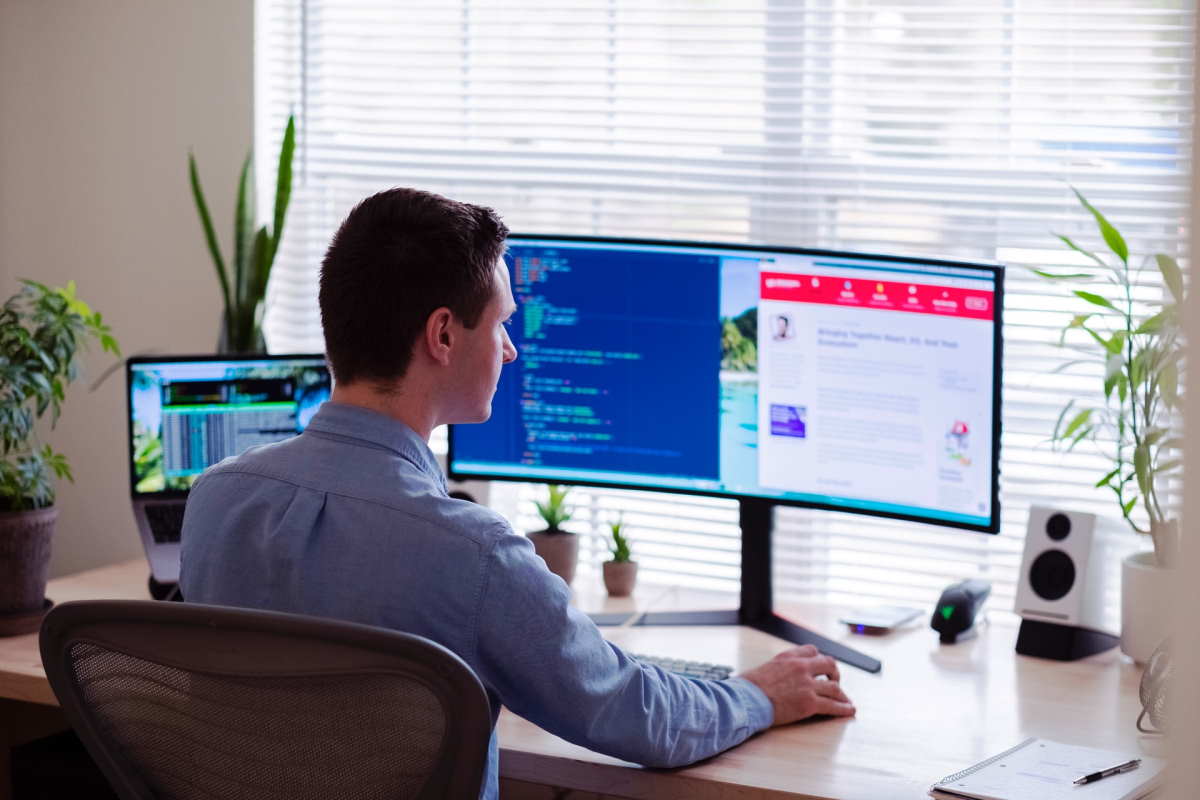You want your venture to grow. How do the most successful companies do it? One popular method is to use the Lean Startup model. This means making a simple first version of your product, called a Minimum Viable Product (MVP), to try out before spending more time and money on it. In this blog, we will look at how MVPs are good and how to get ready to make one.
Creating an MVP requires a solid outsourced managed it services team. One with experience and capabilities to handle the process.
Good Things About MVPs in New Businesses
Quick to Start Selling
By making an MVP, business people can try their product fast and get comments from buyers. This makes starting to sell faster and can save time and money later.
Less Money to Make It
Making an MVP usually means making a less complicated product. This can mean spending less money to make it. This is good for new businesses that do not have a lot of money. Hiring bespoke software development experts will enable you to define clear goals and benchmarks.
Understanding What Buyers Want
Getting thoughts from buyers early helps business people know what the market wants. They can then make their products better for their buyers’ needs and wants.
How to Get Ready to Make an MVP
Know What an MVP Is
An MVP is a simple version of a product to test in the market. You must know this idea. This includes concentrating on the main idea and making a product that solves a problem.
Choose Business Goals and Guesses
You must choose your business goals and guesses before making an MVP. This means knowing who will buy your product, understanding the problems your product will fix, and making a product that solves these problems. You must identify success metrics to know if the MVP works well.
Writing Project Documentation
Writing down the product details and drawing the user layout are important for MVP creation. The product details explain the main parts and how the MVP works. The drawings show what the user sees. Planning short development phases can help, too.
Story Mapping: A Way to Make Good Products
If you make or own a product, you need a good plan. There are many ways to design and make software. Story mapping is a popular way. We will look at how story mapping works, its benefits, and why the right technology is important.
What is Story Mapping?
Story mapping is about making a plan that shows what your software will do. You draw a picture that shows user tasks. You arrange the tasks from big to small. This shows the path users will take. It helps make better software.
Benefits of Story Mapping
Story mapping helps you a lot when making software. For those who make software, it gives a clear guide. It makes sure everything needed is in there. It also finds problems early so you can fix them in time. It helps product owners understand how users experience their products. This lets them focus on making the product that their audience needs.
Choosing the Right Technology
After you map your product stories, pick the right technology to build it. You need experts for this part. Developers who know the tech you need for your project are important. If your app is for phones, choose developers with experience in building apps for either iOS or Android, not the web.
Why Fast Development Matters
For a startup, making a simple version of your product first is very important. You must make a small product fast to see if people like it. Then, you can make the full product without wasting time or money.
Why Teams Are Important
Even though making your product fast is key, creating a good team is just as important for your simple product to work. Team members need to talk well and work together for a common goal. Making an MVP needs a united team working well to give a strong product.
UX/UI Service Process
When making an MVP, think about the user’s experience and how it looks. The process has steps like finding information, making a draft, creating the look, testing with people, and giving help.
Discovery and Research
First, the team looks at the market. They find what people need. They make profiles to know their audience’s wants, problems and likes. This information helps to make a product that fits the customer’s needs.
Wireframing and Prototyping
Wireframing shows the layout of a website or app. Prototyping makes a model of the MVP with its parts and how it works. These models let the team and others join in designing. Everyone can see what the final MVP will be like. Wireframe software can assist with layouts and prototyping.
Visual Design and UI Development
In this step, we make the MVP look nice and work smoothly. A nice design is key for a great MVP. Designers work to make it pretty, fit the brand, and also make it easy for the user.
Usability Testing and Iteration
In usability testing, we check the MVP with real people. We use their opinions to make the MVP better. This is important. It helps to find and fix problems in the product. Delivery and Support
The last step is to release the MVP to the market. Afterwards, we give support to help a good start. Good support is very important to make customers loyal. It helps to make the product do well.
Summary
The process of getting ready for MVP development has many details. It says we must know the MVP idea well. You also need to set clear goals for the business and guesses. You have to make detailed papers for the project, too. The article talks about story mapping. This story mapping is a good way to make sure development matches what users need and what the product aims to do. It is important to pick the right tech to make the MVP. This shows why we should include experts with different experiences from different industries. The quality of your tech team is essential to finding success in your business.


























